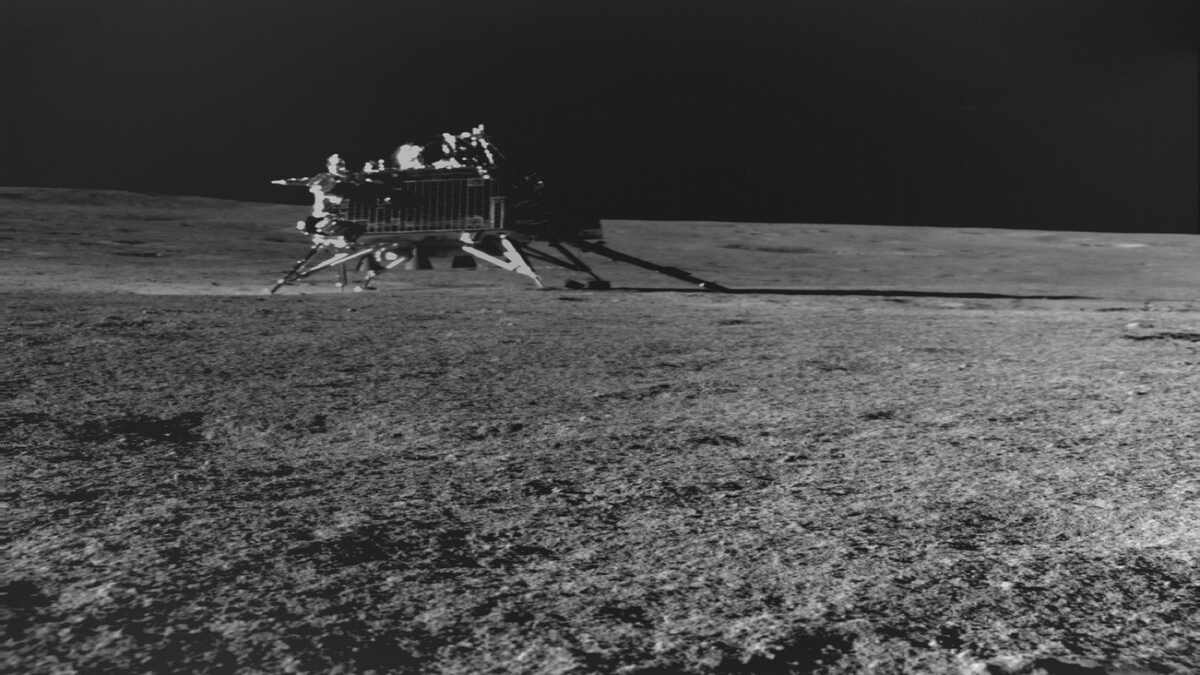India's moon mission, Chandrayaan-3 is a technological endeavor by the Indian Space Research Organisation (ISRO). The mission successfully executed a controlled descent on the moon’s South Pole on the 23rd of August. Recently Chandrayaan-3’s Pragyan Rover was able to identify Sulfur on the moon's surface.
Chandrayaan-3 Mission:
— ISRO (@isro) August 31, 2023
The rover was rotated in search of a safe route. The rotation was captured by a Lander Imager Camera.
It feels as though a child is playfully frolicking in the yards of Chandamama, while the mother watches affectionately.
Isn't it?🙂 pic.twitter.com/w5FwFZzDMp
Carrying the moniker "Pragyan," signifying "wisdom" in Sanskrit, the rover has undertaken a series of empirical inquiries since its deployment from the Vikram lander. Assiduously examining lunar soil and procuring data, Pragyan has contributed to a more nuanced comprehension of the lunar composition. However, as the lunar nightfall commences, the rover's operational phase will draw to a close, emblematic of the conclusion of the Chandrayaan-3 mission
Chandrayaan-3 Mission:
— ISRO (@isro) August 31, 2023
In-situ Scientific Experiments
Another instrument onboard the Rover confirms the presence of Sulphur (S) in the region, through another technique.
The Alpha Particle X-ray Spectroscope (APXS) has detected S, as well as other minor elements.
This… pic.twitter.com/lkZtz7IVSY
.
The principal goal of this mission was to soft-land on the lunar surface, investigate its topography, and amass indispensable scientific insights. A pivotal aspiration of the Chandrayaan-3 undertaking was to explore the presence of water resources. The scientific community posits that the perpetually shaded craters in the moon's southern polar expanse potentially harbour ice deposits, with conceivable implications for eventual human lunar habitation.
ALSO READ| Chandrayaan-3 Mission: Pragyan Rover Confirms Sulfur On Moon’s South Pole
When Will The Chandrayaan-3 Mission End?
The curtain is set to fall on Chandrayaan-3's operational phase within the next week, a consequence of the lunar night phenomenon. This temporal interval, spanning roughly 14 Earth days, ensues as the lunar surface remains devoid of solar illumination. This quiescent phase arises from the moon's rotational dynamics, encompassing an approximately 28-day period. Throughout half of this orbital span, the lunar surface basks in solar radiance, while the remainder languishes in darkness. A parallel can be drawn to Earth's daylight fluctuations, arising from its axial tilt.

Notwithstanding the impending conclusion of this mission, Chandrayaan-3 stands as a commendable achievement for India. It underscores India's prowess in accomplishing secure lunar landings and surface exploration, a feat that made India only the fourth nation to accomplish a successful lunar soft landing that too on the South Pole. Furthermore, this mission has roused global curiosity, igniting the enthusiasm of diverse nations and private enterprises to delve into the potential resources residing within the moon's southern polar enclave.
ALSO READ| Japan Moon Mission 2023: Launch Date, Time, Live Streaming, Budget and More
Will The Pragyan Rover Survive the Lunar Night?
Throughout 14 consecutive 24-hour-long nights, Pragyan shall endure the extreme cold plummeting to -230 degrees Celsius in a powerless state. The ISRO scientific community remains uncertain regarding the rover's ability to endure the forthcoming fortnight devoid of both sunlight and warmth. Nevertheless, a modest possibility exists that upon the resurgence of lunar sunlight, Pragyan might regain thermal equilibrium, potentially rejuvenating its functionality a few days following solar exposure. We remain cautiously hopeful for a favourable outcome.
View this post on Instagram
A post shared by ISRO | Indian Space Research Org. (@isro.in)
Comments
All Comments (0)
Join the conversation